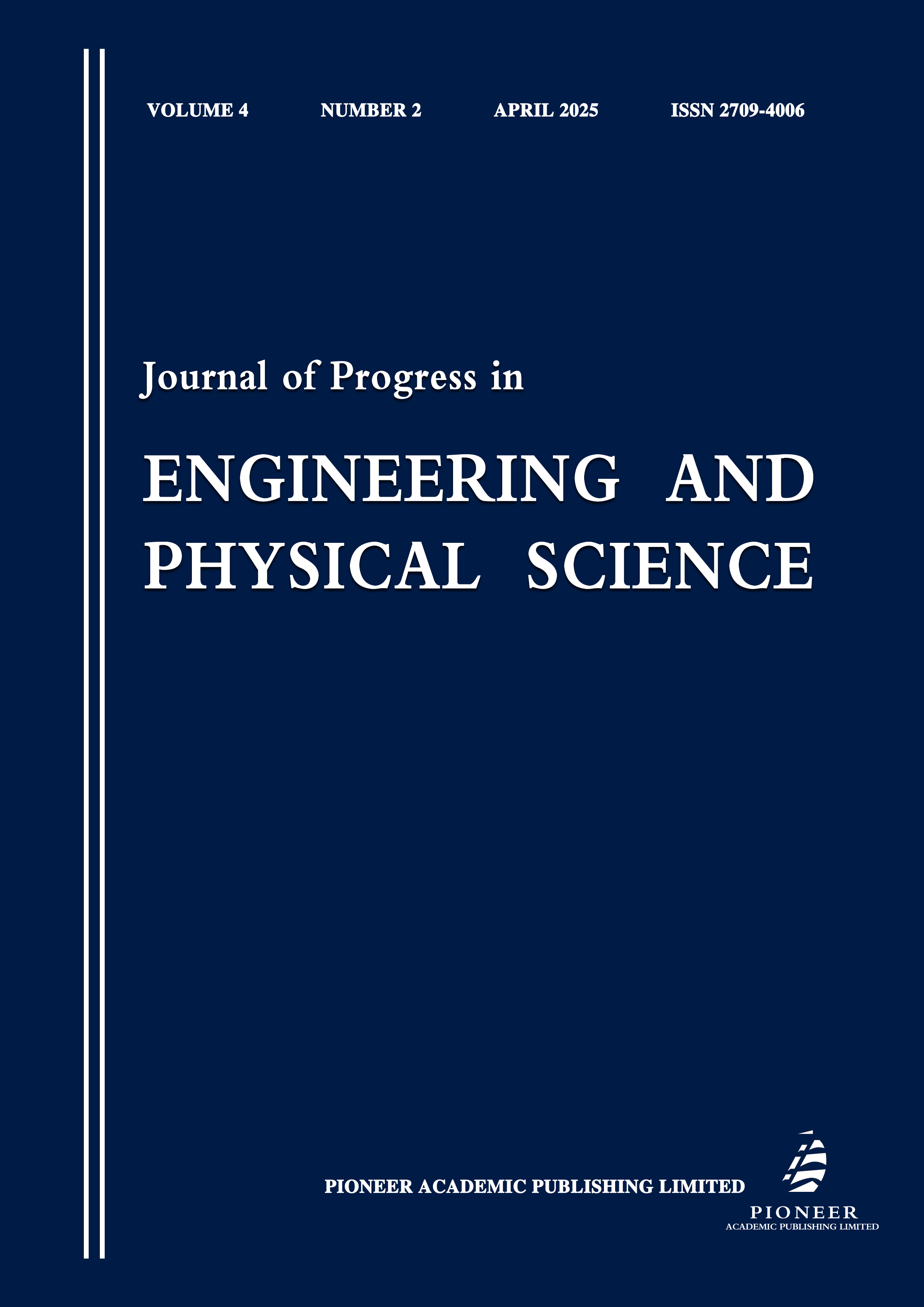Carbon Emission Assessment of Prefabricated Residential Buildings Based on Integrated BIM and LCA: A Case Study of Nanjing
Keywords:
BIM-LCA integration, prefabricated housing, carbon emissions, life cycle assessment, embodied carbon, sustainable constructionAbstract
As China accelerates its urban development and decarbonization agendas, prefabricated construction has emerged as a promising strategy for delivering low-carbon housing. However, the true carbon performance of prefabricated systems remains understudied, particularly across full building life cycles. This study evaluates the life cycle carbon emissions of a mid-rise prefabricated residential building in Nanjing by integrating Building Information Modeling (BIM) with Life Cycle Assessment (LCA). Using a cradle-to-grave framework, the research identifies material-specific emission hotspots, quantifies embodied and operational carbon contributions, and conducts scenario testing to assess the sensitivity of design variations. Results show that the total carbon footprint of the building is 419 kgCO₂e/m², with embodied carbon accounting for 71% of life cycle emissions. Major contributors include precast concrete, steel reinforcement, and insulation materials. Scenario analysis reveals that substituting high-carbon materials and improving logistics can reduce emissions by up to 18%. The study concludes with policy recommendations for integrating BIM-LCA tools into municipal design regulation and national prefabrication strategy. These findings offer both methodological and practical insights for advancing carbon-conscious construction in China’s rapidly urbanizing regions.


